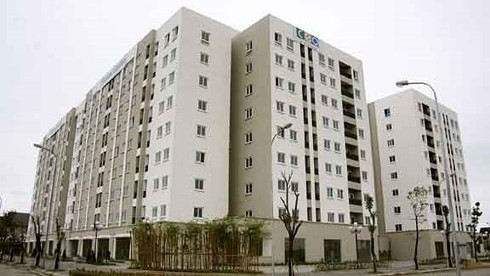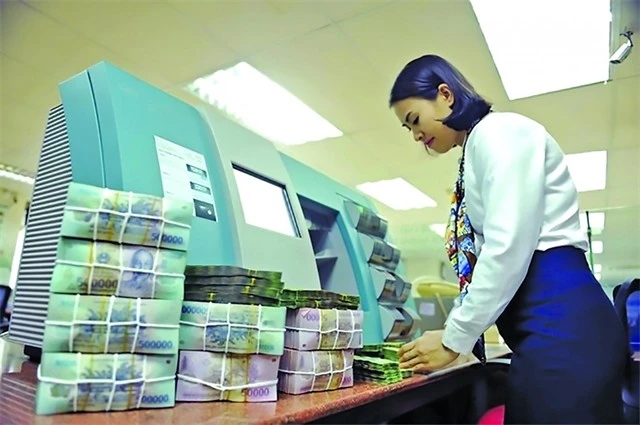* More steps needed to develop low-cost housing: PM
This fact shows that the potential of this segment still remains vast, especially in Hanoi and Ho Chi Minh City. However, the affordable housing market has been showing signs of slowing down recently, making many people’s dreams of a stable life seem distant from reality.
A few years ago, the Government issued a VND30 trillion (US$1.32 billion) housing credit package, creating favorable conditions for the development of the affordable housing segment and contributing to meeting the housing demand for the majority of the people and gradually stabilising the property market. But since the expiry of this support package, the affordable housing segment has also “sunk” as a result.
The implementation of the next support funding sources is taking place quite slowly, making the supply of affordable housing even scarcer. Over the past year, there have been only a few newly launched affordable housing projects, especially social housing, except for those which have already been implemented before. The allocation of 20% of the cleared land fund in urban area development projects for the construction of social housing has yet to be seriously implemented, thus causing difficulties for the implementation of construction work and reducing businesses’ interest in this segment. Besides, some affordable housing projects are located far from the centre, with inconvenient traffic and insufficient infrastructure, making them less attractive to the people.
In order to accelerate the affordable housing segment, a new approach is needed, especially an approach that focuses on addressing the two obstacles of capital and supply. The effectiveness of the housing support package has been made clear, so the State should consider creating a stable support fund annually. Amid the limited resources, it is essential to allocate roughly VND1-2 trillion (US$44-88 million) for the development of housing types that suit most low-income groups, which is not a large amount compared to the annual socio-economic investment demand of the whole country. According to preliminary calculations, a dollar invested by the State in the development of affordable housing will attract about 16 dollars of investment from the society. Such support packages will generate more benefits to low-income residents in addition to the generation of an array of entailed markets.
In order to create a stable supply, in addition to drastically and transparently implementing the use of the cleared land fund for social housing development, commercial housing projects should also dedicate part of its coverage area to the development of affordable housing with flexible and suitable areas, aiming to ensure that low-income earners can also enjoy the same living and entertainment infrastructure as other groups of people. This will help to improve the quality of life for people, whilst making the affordable housing segment more appealing.
At the same time, transparency in the real estate market should be strengthened by tight credit policies, in order to avoid the exploitation of preferential policies to profiteer and minimise the speculation of affordable houses, towards ensuring a double objective of stably developing the property market and ensuring social security.
















